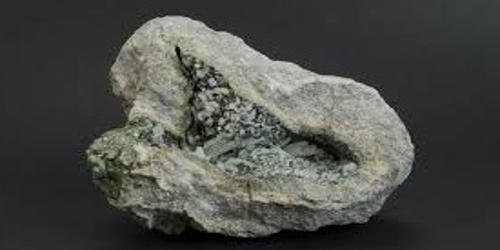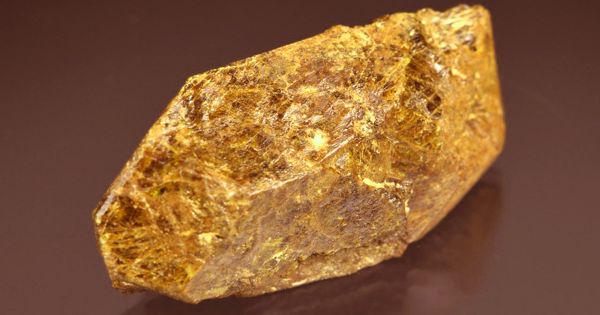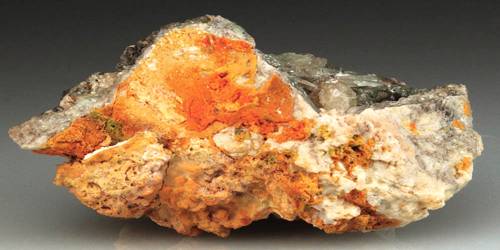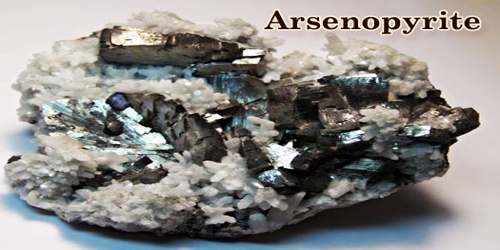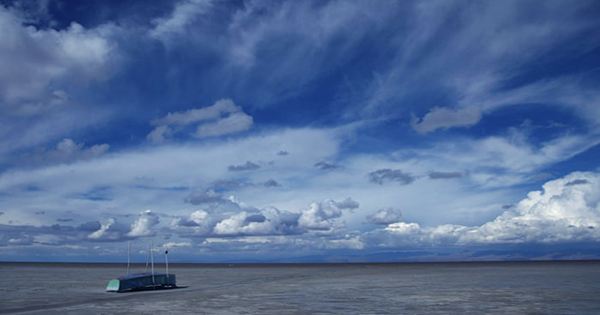Meionite is the calcium-rich end member of the Scapolite series. It is a tectosilicate belonging to the scapolite group with the formula Ca4Al6Si6O24CO3. It is very similar and often indistinguishable from Marialite, the other end member of the series. Some samples may also contain a sulfate group. It is a mineral consisting of an aluminosilicate of calcium with other anions (as sulfate, carbonate, and chloride) and being isomorphous with marialite.
Meionite was named in 1801 by Rene Just Haüy from the Greek word for less, in reference to the less acute pyramidal form compared with Vesuvianite. It was first discovered in 1801 on Mt Somma, Vesuvius, Italy. It was named by Rene Just Haüy after μειωυ, the Greek word for less, in reference to the less acute pyramidal form as compared to Vesuvianite.
General Information
- Category: Tectosilicate (Scapolite group)
- Formula: (repeating unit) Ca4Al6Si6O24CO3
- Crystal system: Tetragonal
- Crystal class: Dipyramidal (4/m) (same H-M symbol)
- Color: Colorless, white, grey, pink, violet, blue, yellow, orange-brown, brown.
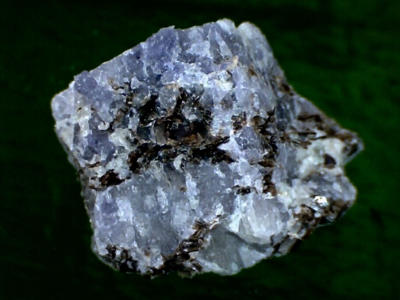
Properties
Meionite is a calcium aluminum silicate carbonate mineral that is a member of the Scapolite Group of minerals that also includes Marialite. Crystals are often short and stout with a slightly angled or pyramidal termination, or long and prismatic. Crystals can be very large and fat, and are often intergrown in groups of such crystals or are columnar. Also grainy, massive, and crudely as formed crystal masses.
- Cleavage: Distinct/good on {100}{110}
- Fracture: Irregular/uneven, conchoidal
- Tenacity: Brittle
- Mohs scale hardness: 5 – 6
- Luster: Vitreous, resinous, pearly
- Streak: White
- Diaphaneity: Transparent, opaque
- Specific gravity: 2.74 – 2.78
Occurrence: Typically in regionally metamorphosed rocks, especially marbles, calcareous gneisses, granulites, and greenschists. Also in skarns, some pegmatites, pneumatolytically or hydrothermally altered ma¯c igneous rocks, and ejected volcanic blocks.
Association: Plagioclase, garnet, pyroxenes, amphiboles, apatite, titanite, zircon.
Information Source:
